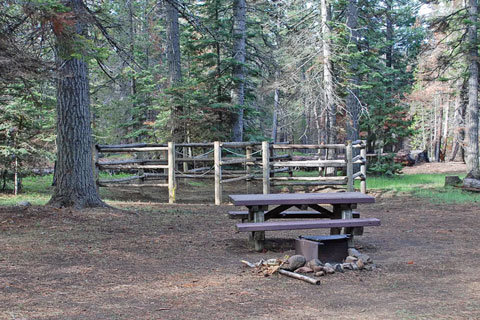Williamson-Abbot Expedition Ponderosa
Posted on: May 2nd, 2022 in Heritage Tree Details |

In the 1850s, at the request of Congress, several expeditions were launched to survey possible railway routes to connect the Pacific Ocean with the Mississippi River. Under this directive, then Secretary of War Jefferson Davis (later president of the Confederacy), charged Lieutenants Robert Stockton Williamson and Henry Larcom Abbot with surveying a possible route between Fort Reading, California, and Portland, Oregon, either through the Willamette Valley or via the Deschutes River.
The ensuing Williamson-Abbot Expedition spent five months surveying in 1855, exploring northern California, the Klamath Basin, Central Oregon, the Cascade Range, and the Willamette Valley.
In early September the Williamson-Abbot Expedition explored the area westward from Trout Creek. On September 4th, the company paused its expedition for several weeks while Abbot traveled north to The Dalles to get additional supplies. The remaining company set up camp at the intersection of an Indian trail from Warm Springs into the Cascades and the McKenzie Trail. That intersection, detailed in an 1870 map of the area, is in the present-day Whispering Pines campground.
While camped at the site, Lieut. Sheridan carved his name and date on the largest tree. The tree subsequently obtained the local moniker of “The Sheridan Tree.” In the ensuing 170 years, the tree healed over the blaze, but it remains recognizable as both the largest tree in a grove of large, old-growth ponderosas and by comparison with the oldest known photograph of the tree, taken around 1940
The significance of the tree lies in its connection to one of several major government-sponsored surveys to explore possible railroad routes connecting the Western and Eastern parts of the United States. These expeditions led to a deeper understanding of the natural history of the Western region and eventually to the development of railroad lines that would bring settlement, trade and industry into the territories.
 Payments
Payments